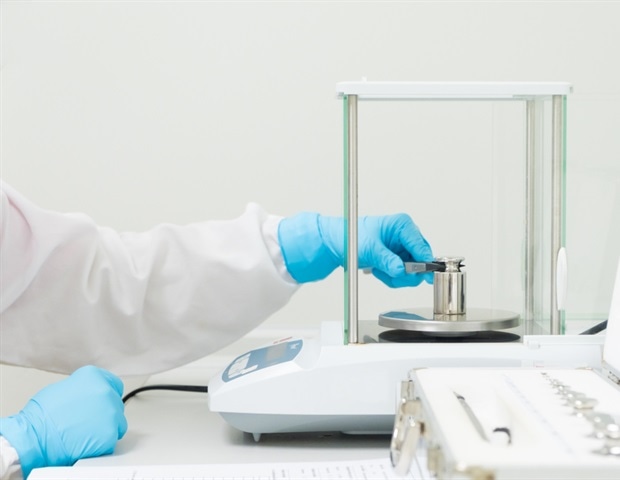Studies of chemicals in our blood typically capture only a small and unknown fraction of the entire chemical universe. Now, a new approach aims to change that. In a study involving blood samples of pregnant women collected between 2006 and 2008, researchers report having quantified many complex mixtures of chemicals that may pose neurotoxic risks, even when the individual chemicals were present at seemingly harmless levels.
“The quantification of 294 to 473 chemicals in plasma is a major improvement compared with the usual targeted analysis focusing on only few selective analytes,” wrote the authors. They note that screening studies are often limited to fewer than 100 identified chemicals. Their work represents a novel approach to biomonitoring the “toxic exposome.” The human exposome encompasses all the environmental factors a person experiences throughout their life – such as what they eat, where they live, and chemicals they interact with. Among these myriad factors, humans are exposed to hundreds, if not thousands, of chemicals daily.
The toxic exposome has become particularly concerning as rising chemical production has been linked to an increase in disease and developmental disorders, especially in children exposed to endocrine-disrupting and neurotoxic substances. Although human biomonitoring (HBM) studies aim to measure the chemical burden in biological samples like blood and urine, they often focus on a limited set of known chemicals and overlook the complexity and variability of the entire toxic exposome. Moreover, few studies have considered the toxicity of chemical mixtures in the body.
To address these limitations, Georg Braun and colleagues adapted a bioassay originally developed for water quality assessment to characterize the chemical load and mixture effects of chemicals present in the blood. Combining high-resolution chemical analysis with a high-throughput in vitro assay for neurotoxicity, blood plasma samples of 624 pregnant women from the German LiNA cohort were evaluated. The approach allowed the authors to detect and quantify 294 out of 1199 target chemicals.
They found that each participant harbored a complex mixture of organic chemicals, with between 5 and 146 chemicals detected per individual, categorized into six groups: industrial chemicals, pesticides, pharmaceuticals, personal care products, food-related, and endogenous compounds. Many of the detected chemicals were shown to interfere with neurite development. Experimental testing of simulated chemical mixtures confirmed that complex chemical cocktails act additively to produce neurotoxic effects, even if concentrations were below individual chemicals’ toxic effect thresholds. Chemicals attributed to industry and consumer goods were the major drivers of neurotoxic effects in mixtures.
These effects are not of any immediate health concern for pregnant women and their babies. The concentrations we detected reflect typical levels detected in healthy adults worldwide; we just quantified many more chemicals and could therefore experimentally demonstrate the hypothesized mixture effects.”
Beate Escher, Helmholtz Centre for Environmental Research
“It is still worrisome to realize that we find traces of almost every persistent chemical we have produced in the last 100 years, as well as many of the degradable but highly used present-day chemicals. If we carry on to produce and emit chemicals at the current rate into the environment, the burden of chemicals will eventually increase to levels that will cause effects on health.”
Braun, G., et al. (2024) Neurotoxic mixture effects of chemicals extracted from blood of pregnant women. Science. doi.org/10.1126/science.adq0336.
Source link : News-Medica

